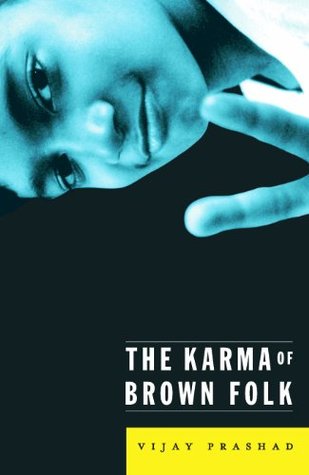Kindle Notes & Highlights
Their “singular blend of eco and ego, of technologically minded worldliness and etherealism, of overripe self-consciousness and opulent complacency” enabled them to walk away from their system, a solution not available to those trapped within it.
In 1968 Martin Luther King Jr., noted that “medical care is virtually out of the reach of millions of black and white poor. They are aware of the great advances of medical sciences—heart transplants, miracle drugs—but their children still die of preventable diseases, and even suffer brain damage due to protein deficiency.”24
The state of pure interiority that he advocates allows the isolated individual to forget the historical production of inequality and of suffering and, tragically, to take complete responsibility for the detritus of history.
These gurus of the green have formed various empires through which they flog the idea that the unfortunate are lazy people whose salvation can only come from personal responsibility; all the while, the gurus themselves are making much money and helping corporations staff their offices with a pliable and healthy workforce.
The Indian is a passive character absorbed in the pursuit of pleasure and success without a developed social consciousness, one who embodies the script of U.S. orientalism from its dawn to its yawn.
The U.S. state, for instance, tries to fashion immigration laws to draw in migrants for their labor and not for their lives.
Representative Lamar Smith (R.–Texas) proposed that the U.S. state only admit professional and skilled workers, a coded way of saying that our families must remain divided as corporations make the most of our skills.
1969, Martin Luther King Jr. wrote that “white America is still poisoned by racism, which is as native to our soil as pine trees, sagebrush and buffalo grass.”
In the United States the bulk of the desi community seems to have moved away from active political struggles toward an accommodation with this racist polity.
The desire for community draws desis to socialize with each other, to seek solace from the rigors of corporate America and to share a common vision born of this abdication from U.S. society—to make enough money, educate their children, and then return to their respective homelands.
first, that desi social relations are far superior to those elsewhere (so desi kids do not do drugs or have premarital sex), and second, that there is no racism against desis (desis don’t earn racism, the suggestion runs, but blacks and Latinos do).
Like Rama, Sita, and Laxman, or indeed, like the Pandava brothers and Draupadi, they wend their way in the forests of Dandak, serving their economic tapasya (ordeal), waiting for the time when they can reenter the kingdom of Ayodhya in triumph (the sad irony of Ayodhya will be revealed in a later section dealing with Yankee Hindutva [“Hinduness,” or the ideology of the Hindu Right]).56


